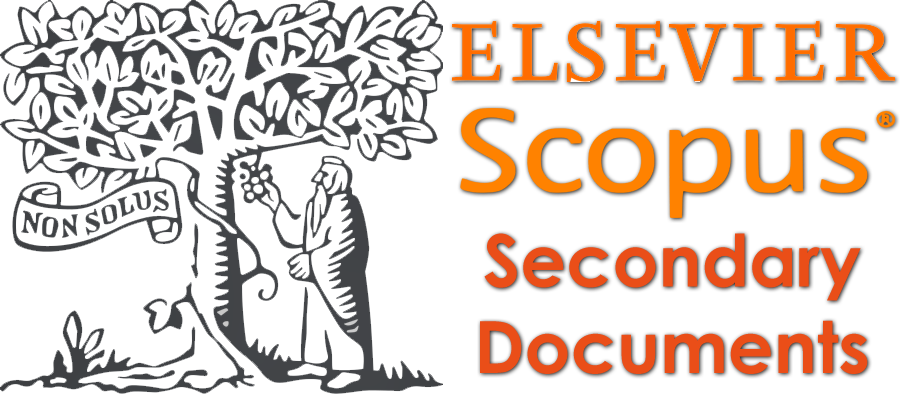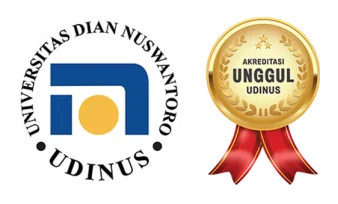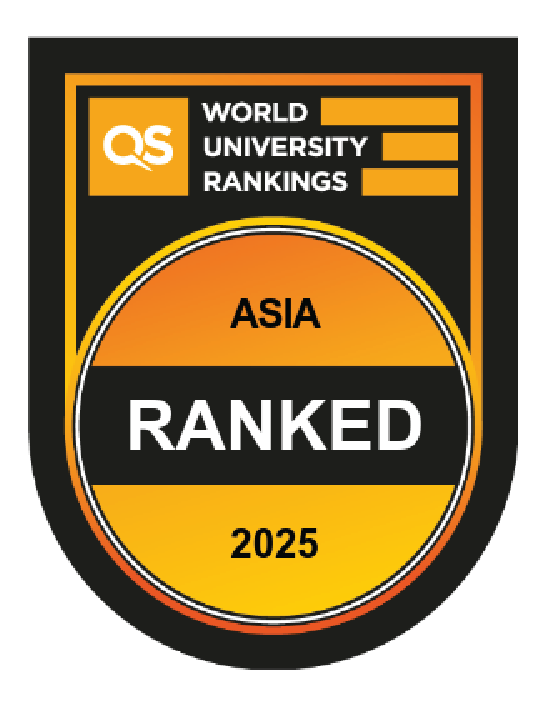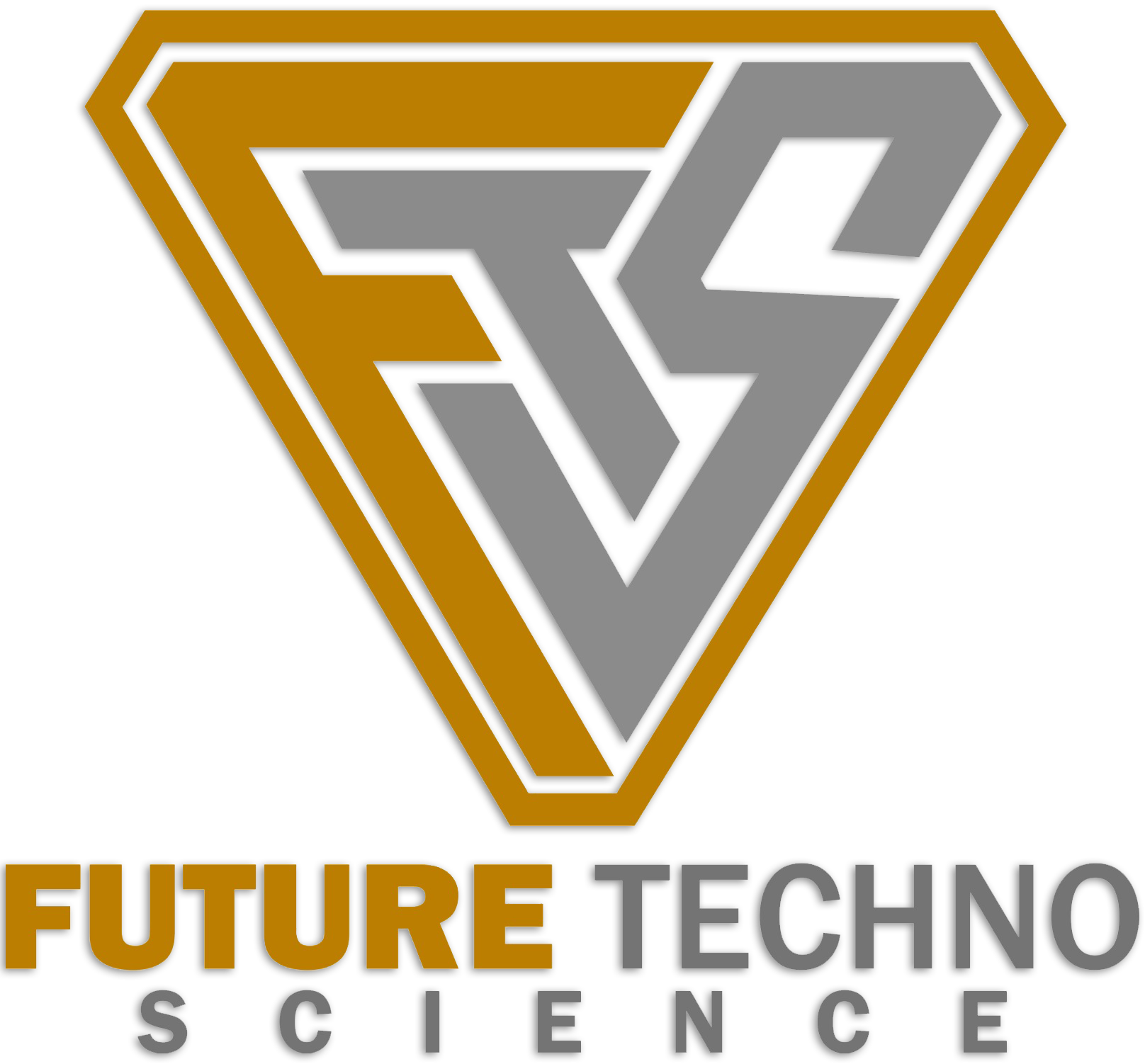Butterflies Recognition using Enhanced Transfer Learning and Data Augmentation
DOI:
https://doi.org/10.33633/jcta.v1i2.9443Keywords:
Butterflies classification, Data augmentation, InceptionV3, Pre-trained CNN model, Transfer learningAbstract
Butterflies’ recognition serves a crucial role as an environmental indicator and a key factor in plant pollination. The automation of this recognition process, facilitated by Convolutional Neural Networks (CNNs), can expedite this task. Several pre-trained CNN models, such as VGG, ResNet, and Inception, have been widely used for this purpose. However, the scope of previous research has been somewhat constrained, focusing only on a maximum of 15 classes. This study proposes to modify the CNN InceptionV3 model and combine it with three data augmentations to recognize up to 100 butterfly species. To curb overfitting, this study employs a series of data augmentation techniques. In parallel, we refine the InceptionV3 model by reducing the number of layers and integrating four new layers. The test results demonstrate that our proposed model achieves an impressive accuracy of 99.43% for 15 classes with only 10 epochs, exceeding prior models by approximately 5%. When extended to 100 classes, the model maintains a high accuracy rate of 98.49% with 50 epochs. The proposed model surpasses the performance of standard pre-trained models, including VGG16, ResNet50, and InceptionV3, illustrating its potential for broader application.References
J. A. Fordyce, “Butterflies of the World By Adrian Hoskins,” Q. Rev. Biol., vol. 95, no. 2, pp. 137–137, Jun. 2020, doi: 10.1086/709040.
C. L. Boggs, W. B. Watt, and P. R. Ehrlich, Butterflies. University of Chicago Press, 2003. doi: 10.7208/chicago/9780226063195.001.0001.
A. S. Almryad and H. Kutucu, “Automatic identification for field butterflies by convolutional neural networks,” Eng. Sci. Technol. an Int. J., vol. 23, no. 1, pp. 189–195, 2020, doi: 10.1016/j.jestch.2020.01.006.
J. Boulent, S. Foucher, J. Théau, and P.-L. St-Charles, “Convolutional Neural Networks for the Automatic Identification of Plant Diseases,” Front. Plant Sci., vol. 10, Jul. 2019, doi: 10.3389/fpls.2019.00941.
M. S. Sunarjo, H. Gan, and D. R. I. M. Setiadi, “High-Performance Convolutional Neural Network Model to Identify COVID-19 in Medical Images,” J. Comput. Theor. Appl., vol. 1, no. 1, pp. 19–30, Aug. 2023, doi: 10.33633/jcta.v1i1.8936.
S. B. Imanulloh, A. R. Muslikh, and D. R. I. M. Setiadi, “Plant Diseases Classification based Leaves Image using Convolutional Neural Network,” J. Comput. Theor. Appl., vol. 1, no. 1, pp. 1–10, Aug. 2023, doi: 10.33633/jcta.v1i1.8877.
L. Yang, Z. Wu, T. Xu, J. Du, and E. Wu, “Easy recognition of artistic Chinese calligraphic characters,” Vis. Comput., vol. 39, no. 8, pp. 3755–3766, 2023, doi: 10.1007/s00371-023-03026-2.
T. A. Pham, “Effective deep neural networks for license plate detection and recognition,” Vis. Comput., vol. 39, no. 3, pp. 927–941, 2023, doi: 10.1007/s00371-021-02375-0.
A. E. Sebastian and D. Dua, “Lung Nodule Detection via Optimized Convolutional Neural Network: Impact of Improved Moth Flame Algorithm,” Sens. Imaging, vol. 24, no. 1, 2023, doi: 10.1007/s11220-022-00406-1.
A. Khaparde, V. Deshmukh, and M. Kowdiki, Enhanced Nature-Inspired Algorithm-based Hybrid Deep Learning for Character Recognition in Sanskrit Language, vol. 24, no. 1. Springer US, 2023. doi: 10.1007/s11220-023-00421-w.
A. Ghosh, A. Sufian, F. Sultana, A. Chakrabarti, and D. De, “Fundamental Concepts of Convolutional Neural Network,” 2020, pp. 519–567. doi: 10.1007/978-3-030-32644-9_36.
F. Rajeena P. P. et al., “A Novel Method for the Classification of Butterfly Species Using Pre-Trained CNN Models,” Electronics, vol. 11, no. 13, p. 2016, Jun. 2022, doi: 10.3390/electronics11132016.
Z.-P. Jiang, Y.-Y. Liu, Z.-E. Shao, and K.-W. Huang, “An Improved VGG16 Model for Pneumonia Image Classification,” Appl. Sci., vol. 11, no. 23, p. 11185, Nov. 2021, doi: 10.3390/app112311185.
Y. Ge, T. Zhang, H. Liang, Q. Jiang, and D. Wang, “A novel technique for image steganalysis based on separable convolution and adversarial mechanism,” Electron., vol. 10, no. 22, pp. 1–15, 2021, doi: 10.3390/electronics10222742.
M. M. H. Matin, A. Khatun, M. G. Moazzam, and M. S. Uddin, “An Efficient Disease Detection Technique of Rice Leaf Using AlexNet,” J. Comput. Commun., vol. 08, no. 12, pp. 49–57, 2020, doi: 10.4236/jcc.2020.812005.
R. Rashmi, U. Snekhalatha, A. L. Salvador, and A. N. J. Raj, “Facial emotion detection using thermal and visual images based on deep learning techniques,” Imaging Sci. J., pp. 1–14, Apr. 2023, doi: 10.1080/13682199.2023.2199504.
S. Zhao, Z. Gong, and D. Zhao, “Traffic signs and markings recognition based on lightweight convolutional neural network,” Vis. Comput., 2023, doi: 10.1007/s00371-023-02801-5.
S. Karthi, L. R. Sudha, and M. Navaneetha Krishnan, “A Novel Hybrid Optimization Enabled Densenet for Covid-19 Classification using CT Images,” Sens. Imaging, vol. 24, no. 1, pp. 1–27, 2023, doi: 10.1007/s11220-023-00434-5.
A. Susanto, I. U. Wahyu Mulyono, C. Atika Sari, E. Hari Rachmawanto, D. R. I. M. Setiadi, and M. K. Sarker, “Handwritten Javanese script recognition method based 12-layers deep convolutional neural network and data augmentation,” IAES Int. J. Artif. Intell., vol. 12, no. 3, p. 1448, Sep. 2023, doi: 10.11591/ijai.v12.i3.pp1448-1458.
R. Mehta and K. K. Singh, “Deep convolutional neural network-based effective model for 2D ear recognition using data augmentation,” Imaging Sci. J., pp. 1–18, May 2023, doi: 10.1080/13682199.2023.2206763.
N. N. Kamaron Arzar, N. Sabri, N. F. Mohd Johari, A. Amilah Shari, M. R. Mohd Noordin, and S. Ibrahim, “Butterfly Species Identification Using Convolutional Neural Network (CNN),” in 2019 IEEE International Conference on Automatic Control and Intelligent Systems (I2CACIS), Jun. 2019, no. June, pp. 221–224. doi: 10.1109/I2CACIS.2019.8825031.
S. N. Hegde, P. Sindhura, R. Rodrigues, and B. Student, “Identification of Butterfly Speciecs Using Vgg-16,” Int. Res. J. Mod. Eng. Technol. Sci., vol. 2, no. 05, pp. 1–5, 2020, [Online]. Available: www.irjmets.com
A. Parashar, R. S. Shekhawat, W. Ding, and I. Rida, “Intra-class variations with deep learning-based gait analysis: A comprehensive survey of covariates and methods,” Neurocomputing, vol. 505, pp. 315–338, Sep. 2022, doi: 10.1016/j.neucom.2022.07.002.
M. T. Hagos and S. Kant, “Transfer Learning based Detection of Diabetic Retinopathy from Small Dataset,” May 2019, [Online]. Available: http://arxiv.org/abs/1905.07203
Y. Zhao, K. Xie, Z. Zou, and J.-B. He, “Intelligent Recognition of Fatigue and Sleepiness Based on InceptionV3-LSTM via Multi-Feature Fusion,” IEEE Access, vol. 8, pp. 144205–144217, 2020, doi: 10.1109/ACCESS.2020.3014508.
P. Borwarnginn, K. Thongkanchorn, S. Kanchanapreechakorn, and W. Kusakunniran, “Breakthrough Conventional Based Approach for Dog Breed Classification Using CNN with Transfer Learning,” in 2019 11th International Conference on Information Technology and Electrical Engineering (ICITEE), Oct. 2019, pp. 1–5. doi: 10.1109/ICITEED.2019.8929955.
S. Guefrechi, M. Ben Jabra, A. Ammar, A. Koubaa, and H. Hamam, “Deep learning based detection of COVID-19 from chest X-ray images,” Multimed. Tools Appl., vol. 80, no. 21–23, pp. 31803–31820, Sep. 2021, doi: 10.1007/s11042-021-11192-5.
T. Vijayan, M. Sangeetha, and B. Karthik, “Efficient analysis of diabetic retinopathy on retinal fundus images using deep learning techniques with inception V3 architecture,” J. Green Eng., vol. 10, no. 10, pp. 9615–9625, 2020.
L. Ali, F. Alnajjar, H. Al Jassmi, M. Gocho, W. Khan, and M. A. Serhani, “Performance Evaluation of Deep CNN-Based Crack Detection and Localization Techniques for Concrete Structures,” Sensors, vol. 21, no. 5, p. 1688, Mar. 2021, doi: 10.3390/s21051688.
D. Theckedath and R. R. Sedamkar, “Detecting Affect States Using VGG16, ResNet50 and SE-ResNet50 Networks,” SN Comput. Sci., vol. 1, no. 2, p. 79, Mar. 2020, doi: 10.1007/s42979-020-0114-9.
L. Nanni, M. Paci, S. Brahnam, and A. Lumini, “Comparison of different image data augmentation approaches,” J. Imaging, vol. 7, no. 12, 2021, doi: 10.3390/jimaging7120254.
M. M. Taye, “Theoretical Understanding of Convolutional Neural Network: Concepts, Architectures, Applications, Future Directions,” Computation, vol. 11, no. 3, p. 52, Mar. 2023, doi: 10.3390/computation11030052.
H. D. Prasetyo, H. Triatmoko, Nurdiansyah, and I. N. Isnainiyah, “The Implementation of CNN on Website-based Rice Plant Disease Detection,” in 2020 International Conference on Informatics, Multimedia, Cyber and Information System (ICIMCIS), Nov. 2020, pp. 75–80. doi: 10.1109/ICIMCIS51567.2020.9354329.
“Butterfly & Moths Image Classification 100 species | Kaggle.” https://www.kaggle.com/datasets/gpiosenka/butterfly-images40-species (accessed Jul. 23, 2023).
F. Mustofa, A. N. Safriandono, A. R. Muslikh, and D. R. I. M. Setiadi, “Dataset and Feature Analysis for Diabetes Mellitus Classification using Random Forest,” J. Comput. Theor. Appl., vol. 1, no. 1, pp. 41–48, Sep. 2023, doi: 10.33633/jcta.v1i1.9190.
Downloads
Published
How to Cite
Issue
Section
License
Copyright (c) 2023 Harish Trio Adityawan, Omar Farroq, Stefanus Santosa, Hussain Md Mehedul Islam, Patrick Ogholuwarami Ejeh, Md Kamruzzaman Sarker, De Rosal Ignatius Moses Setiadi

This work is licensed under a Creative Commons Attribution 4.0 International License.















